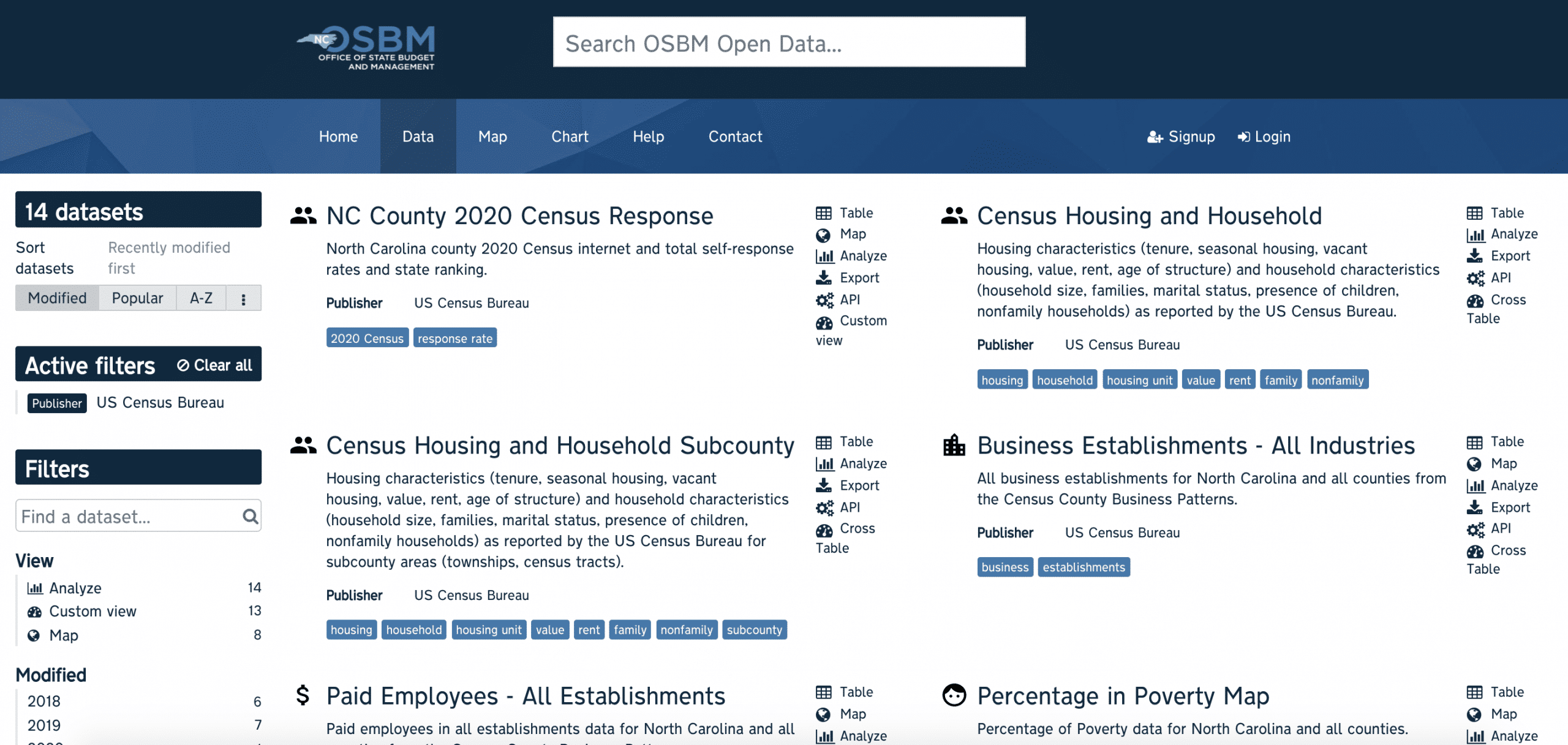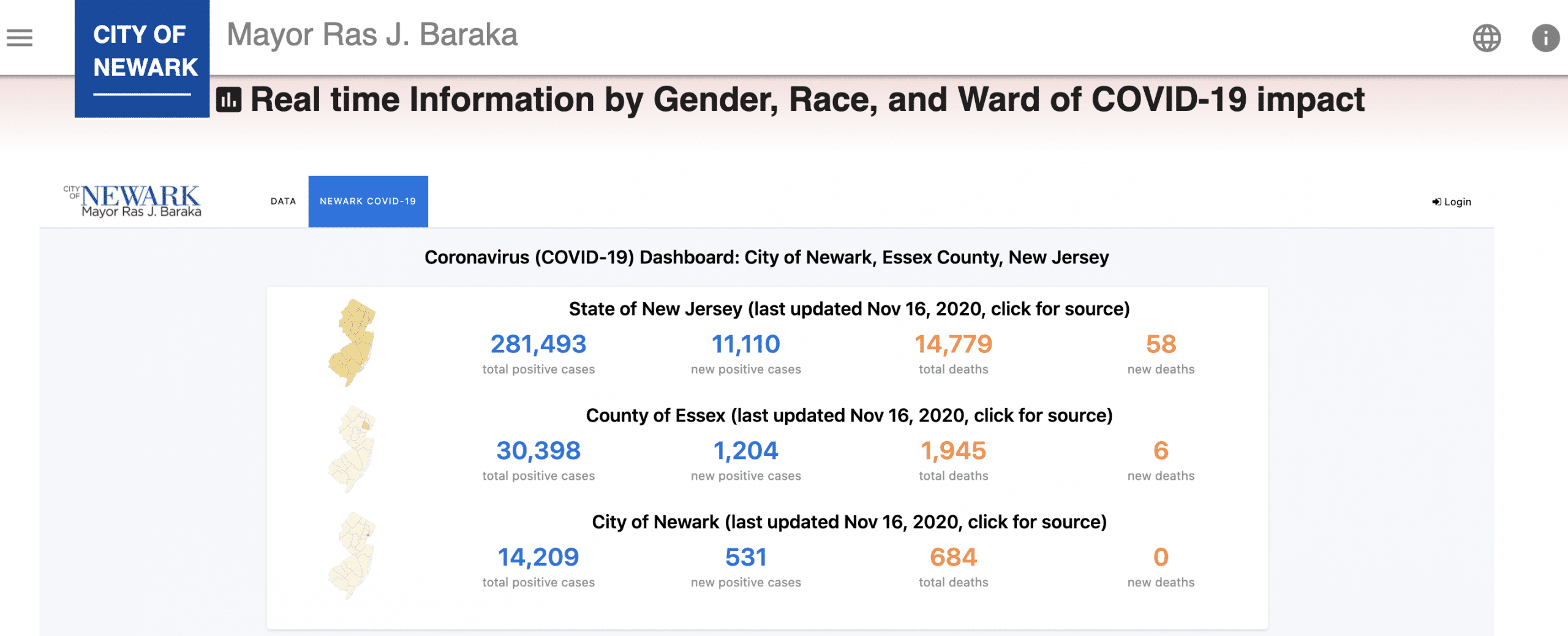Why You Need External Data To Support Decision-Making

The key to getting started with external data is finding the right use cases. External data can add critical context to your internal efforts, but you first need to know your goals and your organization’s needs to be efficient and effective in using external data.
The key to getting started with external data is finding the right use cases. External data can add critical context to your internal efforts, but you first need to know your goals and your organization’s needs to be efficient and effective in using external data. Defining your goal, how you intend to use the data, and any constraints you may have are all critical steps to do before you start searching for external data sources to use.
To inspire your own use cases, I’ve outlined a few key examples below showcasing the importance of combining your own data with external data. This data can enrich, supplement, and add more depth to the data you are collecting at a local level and can also provide benchmarks for comparison to other local areas.
Leveraging Census data for local decisions
Local governments, lawmakers, business owners, and many others use Census data to make critical decisions. The results of the census show where communities need new schools, new clinics, new roads, and more services for families, older adults, and children. Census data is essential to determine how fundings will be allocated. States and local governments understand the importance of this data and actively use it to support their decision-making process.
Local governments increasingly combine external data such as Census data with their existing local data to drive better analysis. The North Carolina Office of State Budget and Management uses a connector built with the help of the Opendatasoft team to link to Census data directly on their own open data portal. They then use this data to provide foundational data on a variety of different areas they work on. In addition, the City of Vancouver also connects to local Census data in Canada to help provide a standard foundation of analysis and track changes over time in their local statistics.

Census is also very valuable to businesses, as the results provide a rich set of data on the communities they serve, including population trends and growth projections. Business owners rely on census results to make decisions, such as where to open new stores, restaurants, factories, and offices; where to expand operations, where to recruit employee, and which products and services to offer.
Drilling Down Covid-19 Data and Comparing Across Relevant Geographies
In addition to Census data, states also provide a variety of relevant data that can be drilled down for use in local areas. The ongoing COVID-19 public health crisis has shown how data can be used to provide information for comparison at the state and local levels. For example, in Newark, NJ, the city built a summary tool that shows how State of New Jersey data applies in Essex County and various areas of Newark. This data provides critical information for policy makers and administrators as they work to tackle the pandemic at the local level.

Combining external and internal data in the Covid-19 era: the UL example
UL, a global safety certification company, is working with Opendatasoft to centralize external and internal data to support decision-making in the Covid era. The Start Safe Recovery Portal is an intuitive and easily searchable tool built with a design thinking approach. “In the worldwide overview you can see an overlay of Covid data (both case counts and deaths), normalized by 100K inhabitants, with UL office locations” explains Melissa during a software demo. “At country level, you can see cumulative and time-series Covid data, as well as the evolution of the stringency index” continues Melissa zooming into Morocco. “The unique feature of this tool is the summary of the latest local mandates, such as workplace closures and travel bans, and the link to their sources”.
If you’d like to learn more about how a private company like UL is combining internal and external data, you can find the recording of our chat with Melissa (Alliance and Innovation Manager at UL) here.
Using Federal Data on Local Services
Similar to how Newark is using State of New Jersey data, local governments can use topical federal data to help information decisions and programs at the local level. For example, in Burlington, VT, the city created a dataset and map showing all the local places that are registered as Supplemental Nutrition Assistance Program (SNAP) retailers. This data comes from the US Department of Agriculture Food and Nutrition Service but has been filtered to show just the relevant retailers in Burlington. This information can then be used to connect with other city services to ensure that community health and nutrition work is coordinated.
Get started with external data
To learn more about you can follow these examples and put external data to use in your organization, get in touch with the Opendatasoft team! The team can help you use the Data Network as well as work with you to connect to the data you need.

High quality data is at the heart of successfully training and deploying AI algorithms and agents. Our blog explains how organizations can ensure that they are sharing easily actionable, machine readable data with AI through data products and data product marketplaces

Growing data volumes, increasing complexity and pressure on budgets - just some of the trends that CDOs need to understand and act on. Based on Gartner research, we analyze CDO challenges and trends and explain how they can deliver greater business value from their initiatives.

